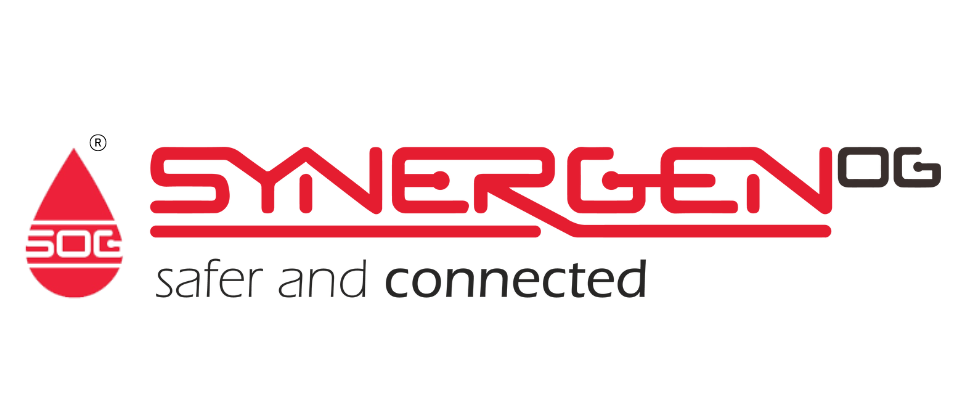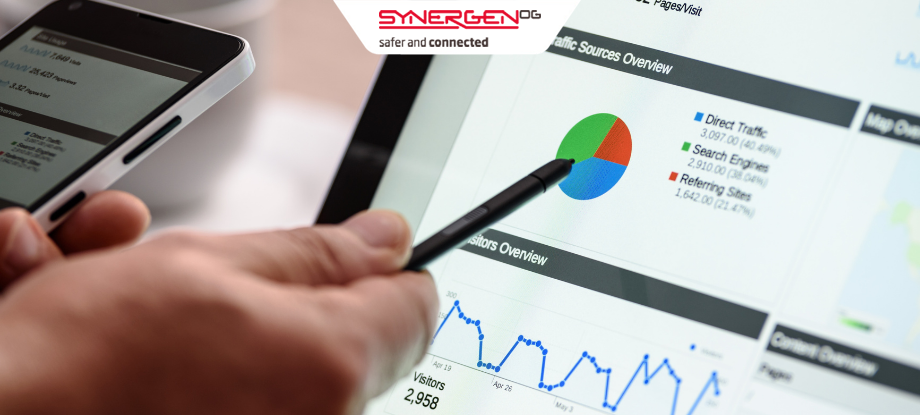I was intrigued by the idea of rethinking the playbook for the next normal for marketers. Inspired by McKinsey & Company’s article – Reimagining marketing in the next normal – I began to ponder on the idea of whether we needed a new playbook in the COVID era. The answer – absolutely. I believe, the playbook for marketers has evolved rapidly over the last decade, especially since the emergence of wide-spread technological tools, usage, and a new generation of buying habits and buyer behaviours.
Previously, marketing strategies were mostly generated through reference to many models such as the 7Ps/9Ps of Marketing, Porters 5 Forces, BCG Matrix etc. These models were the backbone of most business and marketing plans. I believe these models are still widely used in most organisations. Nevertheless, with the new coming of age consumer behavioural shifts and technology enablers, marketers must merge and embrace both traditional and digital marketing models.
Personalisation and agility with the ability to communicate value and brand are critical to be successful. We must be able to guide and steer customers to differentiate between the signal and noise.
Practitioners need to use analytics, modelling and behavioural tools to know the pulse of their customers. Buying trends and means have changed with the surge in online purchases. The birth and development of customised and targeted e-commerce platforms have further altered the landscape of traditional channel distribution. The change is exacerbated by significant volumes of information readily available online, with consumer reviews and comments.
B2C (Business to Consumer) and B2B (Business to Business) marketing and sales models have undergone a deep-seated change. No longer is the consumer unaware of their need or wants; they are well-versed with what is out there in the market. So, the question is, what will trigger them to make the purchase – click on the buy /subscribe now button?
Industries and businesses have either collapsed or adapted to these new dimensions of doing business.
In my new marketer playbook, I would redirect my views to the customer journey maps, touch-points, trust, brand and value. I would lens the 7Ps Marketing Mix Model differently (this is not new but a refreshing thought for us), see details below:
P= Product – Viable Personalised Solutions
P= Price – Value, (both intangible and tangible)
P= Physical Evidence – Sustainable, Eco-friendly and Online Presence
P= Place (to Access) – Looking at the minimum viable market and innovation adoption curve
P= Promotion – Education and Knowledge Sharing
P= People – Personas
P= Process – Customer Journey Map
As a marketeer, there are many challenges and opportunities in this new world-age-of-technology. The Pandemic has only added to the challenges we face in our business and in our lives. To survive, we must quickly adapt, embrace uncertainty and be agile. We strive to improve our understanding and knowledge on human behaviour (the customer, the internal team, peers and shareholders) and digital tools.
In our organisation, we are always finding common ground for our products and services. It is my belief that there are 3 core elements that represent pillars for growth, survival and sustainability and these are Values, Technology and Products/Services. In our organisation, being continuously present in the centre of the mix is what we strive towards. It is the optimum place to occupy. See chart below as a reference:

Chart 1: Pillars for Growth, Survival and Sustainability
_____________________________________________________________________________________
Kadam Balan is a thought leader who believes in agility and evolving with the times. He consistently works to improve efficiency and strategy to steer his invested companies towards redefining its businesses, not forsaking core values, and always keeping the customers’ needs at point of discussion.

